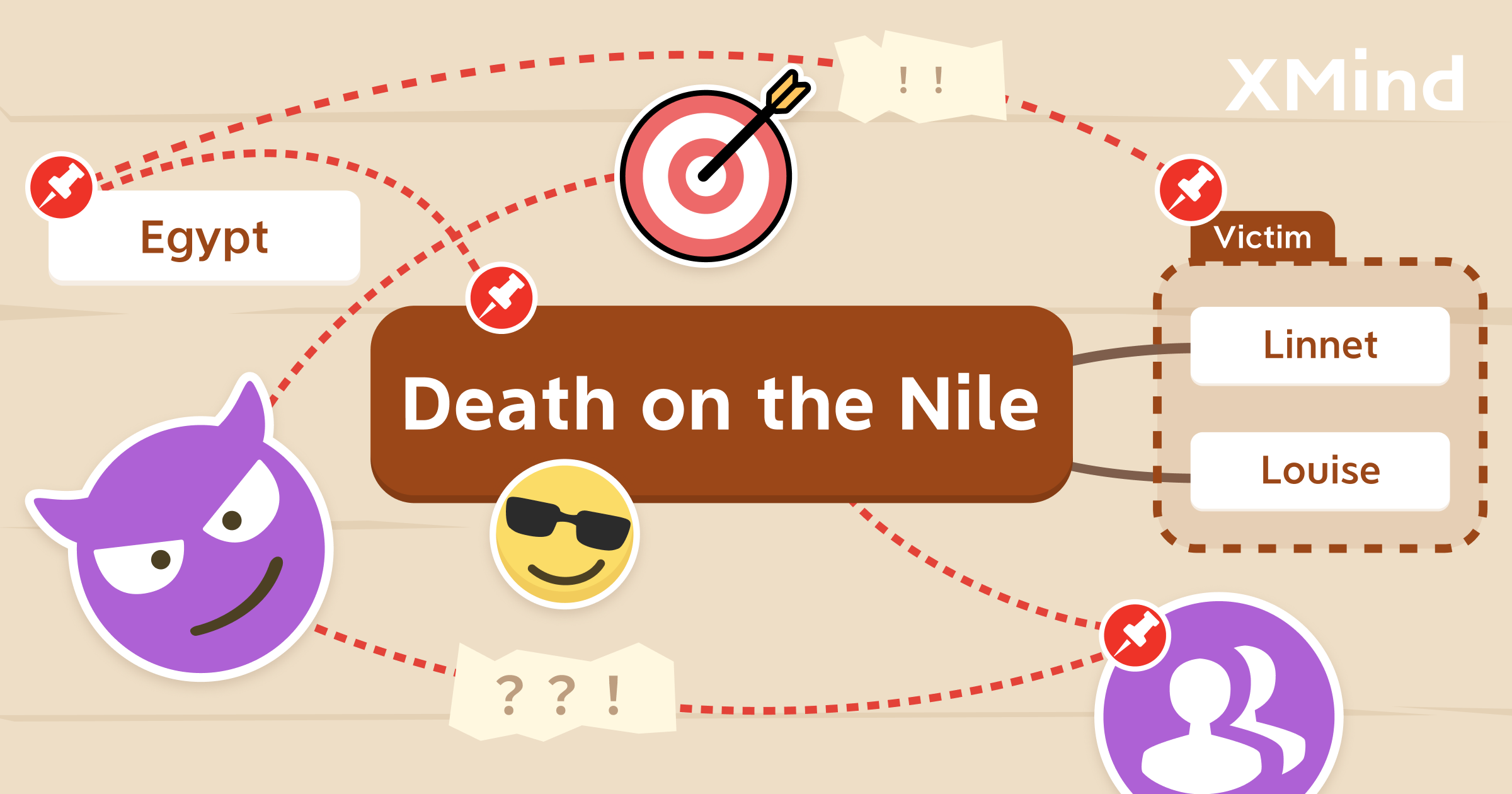Oct 23, 2020
Mind Map for Kids Part 2: Activities to Do

Oct 23, 2020
Mind Map for Kids Part 2: Activities to Do

In Mind Map for Kids Part 1 , we talked about scientific researches that confirm the influence of mind mapping on children’s early education. Results show that significant positive effects on mind mapping on reading & listening comprehension, math ability, vocabulary, and high-level mind organization. Some parents may wonder, we understand the scientific logic now, but how to really integrate mind mapping into children’s daily activities? In today’s part 2 of Mind Map for Kids, we are going to offer parents some activity suggestions on how to teach/guide their kids to use mind maps.
Problem Solving
The ability of problem-solving and problem-analyzing should be an important feature that most parents would like their kids to develop through growing stages. Instead of encountering and giving up on a difficult problem immediately, kids with problem-solving skill can be able to manage and analyze the problem with stable minds and persist to solve it, even in a creative way.
To develop this skill, parents can use mind maps to guide their kids to think and analyze problem clearly. Even if it’s a small one, like how to buy a toy only with self-earned money or plan their own birthday parties, parents can suggest kids to draw a mind map on how to solve this problem. When the problem or a project is broken down into parts for them to solve in steps on the map, kids will find realize that a problem will always have one or multiple solutions and it is not that scary as before.
Activities: plan a birthday party; how to save money to buy a toy; think why you had a conflict with a friend; how to take care of puppy, etc.
Reading Comprehension
Many parents value reading as an important habit to form during the early education process. Children with good reading ability tend to have an easier transition time when first sitting in a school and learning from textbooks.
Besides buying kids picture books to read, playing audios, parents can teach kids to draw a mind map of a storybook and summarize its plots to enhance their reading comprehension. In this way, kids will be able to better grasp the understanding of the story and develop logical thinking throughout the drawing process.
Activities: draw a plot of a storybook; analyze characterization; plot story timeline; describe character relationships; reasons why you recommend a book, etc.
Visual Intelligence
Mind map is a diagram, and its distinct visual presentation with specific structures, branches, colors is a source of stimulation to kids’ visual intelligence. When your kids first start to draw a mind map, parents can encourage them to draw with different color combinations or let them be creative with the structure, making it more fun and enjoyable for kids to experiment. There is never a set of rules when it comes to mind mapping as everyone has a very distinct brain thinking system, so tell your kids to map out their thoughts as they want!
Memorization
Can mind maps also help with memory? For sure! Kids have a strong visual memory – by organizing key information into mind maps, they tend to memorize the visual presentation pretty well, better than texts on paper.
For example, if materials of a science lesson can be rendered into a mind map, children will be more willing to look at the colorful map and memorize better than texts from the boring textbook.
*Check this article if interested in reading more about how mind map improves memory.
Activities: reorganize notes into a mind map; clarify complicated concepts, etc.
More Tips for Parents
- Learn mind maps yourself first.
Before integrating mind maps into your kids’ activity routine, it is better for parents to learn some basic concepts/structures of mind maps themselves. Check some tutorial XMind blogs or download XMind to first try it yourself!
- Make it fun!
Always keep in mind - parents need to make sure that the mind mapping process is a fun thing for kids to do. Don’t force kids to draw everything in your way or criticize them for not drawing perfectly. Guiding them in a fun and entertaining atmosphere will help kids to become interested and want to mind map more in their learning process. XMind is a great tool for kids to play with, as it is easy to navigate and offers many cute mind map structures and customization options. Unleash kids’ ideas! See if your children are qualified for a special educational offer here .
This marks the end of our Mind Maps for Kids series! Thanks for your time reading, and we hope that more parents understand these positive scientific effects contributed by mind maps on children’s early education. And more are willing to try to integrate mind maps and XMind into their daily educating lives. Until next time~
More Posts
How to Read a Detective Fiction: The Ultimate Guide with XMind
Enjoy reading detective stories with XMind and master these practical tips and tricks for both desktop and mobile.

Create and Organize Recipes With Mind Maps and Tree Table Templates
Using this free tree table template on the newest version of XMind you can create your own recipe, or document your favorite dishes for future tasty journeys in the kitchen!

How to Create the Perfect Lead Generation Pitch with XMind?


One space for all your ideas
Organize thoughts, visualize structures, connect ideas, and unlock insights.
Get Started for Free


